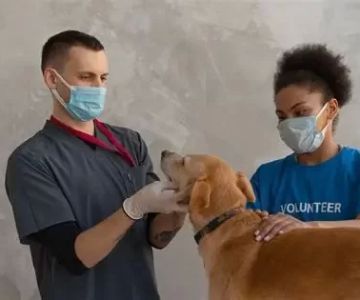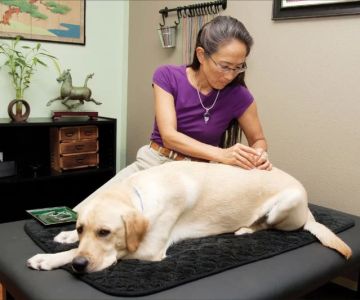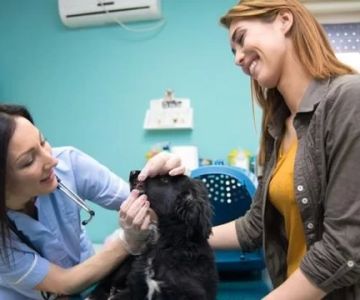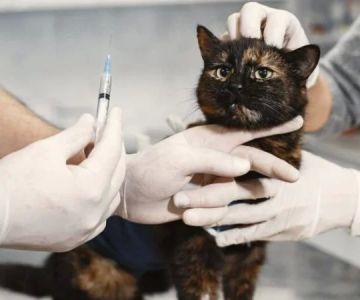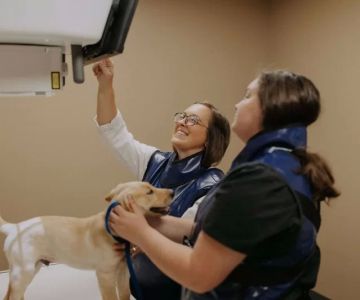How to Become a Registered Veterinary Technician in California: A Step-by-Step Guide
- 1. Overview of a Veterinary Technician's Role
- 2. Education Requirements: Where to Start
- 3. Certification Process: Becoming a Registered Veterinary Technician
- 4. Gaining Work Experience: The Hands-On Training You Need
- 5. Real-Life Example: My Journey to Becoming a Vet Tech
- 6. Next Steps: How to Kickstart Your Vet Tech Career in California
1. Overview of a Veterinary Technician's Role
As a veterinary technician, your role is essential to the success of a veterinary clinic or animal hospital. You’ll work closely with veterinarians to provide care for animals, assist in surgeries, perform lab tests, and ensure the smooth operation of the clinic. Veterinary technicians are highly skilled professionals, trained to handle medical procedures, administer medications, and provide compassionate care for animals.
For those looking to work in California, becoming a registered veterinary technician (RVT) is a requirement to practice legally in the state. California is known for its strict certification processes, ensuring that only qualified professionals are providing veterinary care. But how do you get there? Let’s break down the steps to becoming a registered veterinary technician in California.
2. Education Requirements: Where to Start
The first step to becoming a registered veterinary technician in California is completing the necessary educational requirements. You will need to attend an accredited veterinary technician program. California requires that these programs be accredited by the American Veterinary Medical Association (AVMA).
These programs typically take two years to complete and offer an associate degree in veterinary technology. During your studies, you will learn about animal anatomy, pharmacology, clinical procedures, and even business management, as veterinary technicians often play a key role in the administrative side of a veterinary practice.
One of the best aspects of these programs is the hands-on training they provide. You’ll work directly with animals in a clinical setting, learning how to perform tasks like drawing blood, taking x-rays, and monitoring anesthesia during surgeries. This real-world experience is essential for building your confidence and skills.
3. Certification Process: Becoming a Registered Veterinary Technician
Once you’ve completed your accredited veterinary technician program, the next step is obtaining certification. In California, this means passing the Veterinary Technician National Examination (VTNE), which tests your knowledge of various veterinary procedures and concepts.
After passing the VTNE, you will need to submit an application to the California Department of Consumer Affairs (DCA), along with proof of your education and exam results. Once approved, you will receive your RVT designation, which legally permits you to practice as a veterinary technician in the state.
It’s important to note that California also requires ongoing continuing education for RVTs to maintain their certification. This ensures that you stay up-to-date with the latest developments in veterinary medicine and continue providing the highest level of care to your patients.
4. Gaining Work Experience: The Hands-On Training You Need
Before applying for your RVT certification, you will need to gain hands-on work experience in a veterinary clinic or hospital. Most veterinary technician programs will require you to complete a certain number of clinical hours before graduation. This is crucial because it allows you to practice the skills you’ve learned in a real-world setting.
During my own training, I worked in a local animal hospital where I was able to assist with surgeries, conduct lab tests, and provide post-operative care. This experience was invaluable because it gave me a deeper understanding of the responsibilities I would face as a veterinary technician.
If you’re looking to gain experience in California, you’ll find a wide range of opportunities, from small animal clinics to large veterinary hospitals, as well as wildlife rehabilitation centers and zoos. Many employers are eager to hire aspiring RVTs for entry-level positions, which can help you accumulate the required experience while earning a steady income.
5. Real-Life Example: My Journey to Becoming a Vet Tech
Let me share a bit about my personal experience of becoming a registered veterinary technician. When I first decided to pursue this career, I was passionate about working with animals but unsure of where to start. After researching different programs, I enrolled in an accredited veterinary technology program at a local college in California.
During my studies, I found the coursework to be challenging yet rewarding. The best part of the program was the hands-on training I received during my clinical rotations. I worked with a wide range of animals, from household pets to farm animals, and learned how to perform essential tasks like taking blood samples, preparing vaccines, and monitoring anesthesia.
Once I passed the VTNE and received my certification, I began working at a busy veterinary hospital. It was a fast-paced environment, but my education and work experience gave me the confidence I needed to thrive. Today, I’m proud to be a registered veterinary technician in California, and I can honestly say it’s one of the most fulfilling careers I’ve ever had.
6. Next Steps: How to Kickstart Your Vet Tech Career in California
Now that you know the steps involved in becoming a registered veterinary technician in California, it’s time to take action. Start by researching accredited veterinary technician programs in your area, and begin the process of enrolling. It’s a challenging but incredibly rewarding career path, and with the right training and certification, you can make a meaningful difference in the lives of animals and their owners.
If you're ready to begin your journey, visit Rob Travel for more information on educational programs, job opportunities, and helpful resources that can guide you toward a successful career as a veterinary technician.

